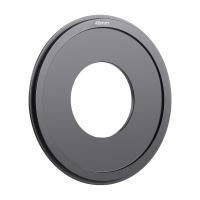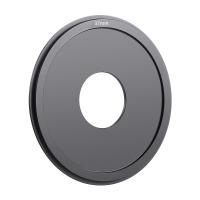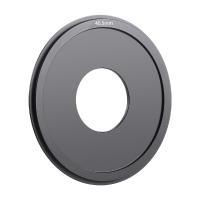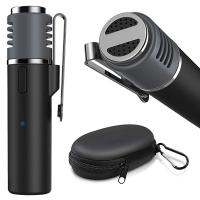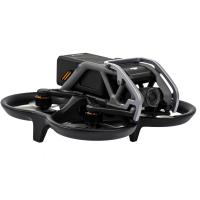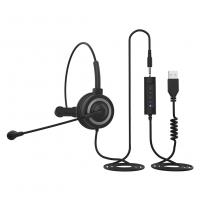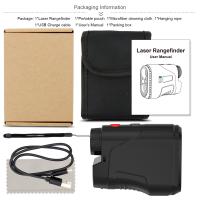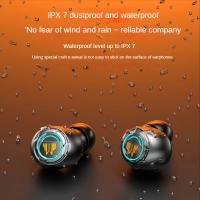How Does A Laser Rangefinder Work?
Laser rangefinders are fascinating devices that have revolutionized the way we measure distances. They are used in a variety of fields, from golfing and hunting to construction and surveying. Understanding how a laser rangefinder works can provide valuable insights into its applications and benefits. In this article, we will delve into the principles behind laser rangefinders, their components, and their practical uses.
The Basic Principle of Laser Rangefinders
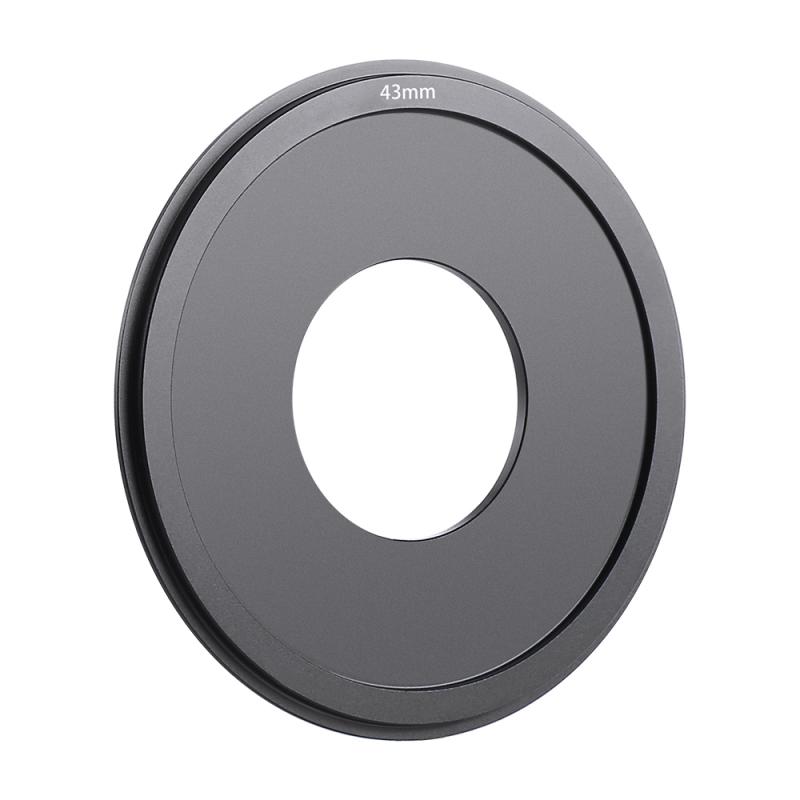
At the core of a laser rangefinder is the principle of time-of-flight measurement. This method involves sending a laser beam towards a target and measuring the time it takes for the beam to reflect back to the device. Since the speed of light is a known constant, the rangefinder can calculate the distance to the target based on the time it takes for the laser to return.
The formula used is quite simple:
\[ \text{Distance} = \frac{\text{Speed of Light} \times \text{Time of Flight}}{2} \]
The division by two accounts for the fact that the laser travels to the target and back, covering twice the distance.
Key Components of a Laser Rangefinder
1. Laser Diode: This is the source of the laser beam. The laser diode emits a coherent light beam that is directed towards the target.
2. Optical Lens: The lens focuses the laser beam into a narrow, precise path, ensuring that it can travel long distances without significant dispersion.
3. Receiver: Once the laser beam hits the target and reflects back, the receiver captures the returning light. The receiver is usually a photodiode or a similar light-sensitive component.
4. Timing Circuit: This component measures the time it takes for the laser to travel to the target and back. High-precision timing circuits are essential for accurate distance measurements.
5. Processor: The processor calculates the distance based on the time-of-flight data and displays the result to the user.
Types of Laser Rangefinders
Laser rangefinders can be broadly categorized into two types based on their application:
1. Handheld Laser Rangefinders: These are portable devices commonly used in activities like golfing, hunting, and simple construction tasks. They are designed for ease of use and quick measurements.
2. Surveying Laser Rangefinders: These are more advanced and are used in professional fields like surveying, engineering, and large-scale construction. They offer higher accuracy and often come with additional features like angle measurement and data logging.
Applications of Laser Rangefinders
Laser rangefinders have a wide range of applications, each leveraging the device's ability to provide quick and accurate distance measurements.
1. Golfing: Golfers use laser rangefinders to measure the distance to the flag or other points on the course. This helps in selecting the right club and planning the shot.
2. Hunting: Hunters use laser rangefinders to determine the distance to their target, which is crucial for accurate shooting.
3. Construction: In construction, laser rangefinders are used to measure distances between various points on a site. This helps in planning and executing construction projects with precision.
4. Surveying: Surveyors use advanced laser rangefinders to measure large distances and angles. This data is essential for creating accurate maps and plans.
5. Forestry: In forestry, laser rangefinders are used to measure tree heights and distances between trees, aiding in forest management and research.
Advantages of Laser Rangefinders
Laser rangefinders offer several advantages over traditional measuring tools:
1. Accuracy: Laser rangefinders provide highly accurate distance measurements, often within a few millimeters.
2. Speed: Measurements are almost instantaneous, saving time in various applications.
3. Ease of Use: Most laser rangefinders are user-friendly, with simple point-and-shoot operation.
4. Versatility: They can be used in a variety of environments and for different purposes, from sports to professional surveying.
5. Safety: Using a laser rangefinder eliminates the need to physically reach difficult or dangerous locations to measure distances.
Limitations and Considerations
While laser rangefinders are highly effective, they do have some limitations:
1. Reflectivity of the Target: The accuracy of a laser rangefinder can be affected by the reflectivity of the target. Highly reflective surfaces provide better results, while dark or absorbent surfaces may reduce accuracy.
2. Weather Conditions: Fog, rain, and dust can scatter the laser beam, affecting the accuracy and range of the measurement.
3. Battery Life: Laser rangefinders rely on batteries, and their performance can be limited by battery life. It's essential to keep the device charged or carry spare batteries.
4. Cost: High-precision laser rangefinders can be expensive, especially those used in professional applications.
Future Developments
The technology behind laser rangefinders continues to evolve, with ongoing research and development aimed at improving their accuracy, range, and functionality. Some of the future developments we can expect include:
1. Integration with GPS: Combining laser rangefinders with GPS technology can provide even more precise location data, useful in surveying and mapping.
2. Enhanced Optics: Advances in optical technology can lead to better focusing and longer-range measurements.
3. Miniaturization: As technology advances, we can expect smaller and more portable laser rangefinders without compromising on performance.
4. Artificial Intelligence: AI can be integrated to analyze measurement data and provide additional insights, such as identifying the best measurement points or predicting potential errors.
Laser rangefinders are invaluable tools that have transformed the way we measure distances. Their accuracy, speed, and versatility make them essential in various fields, from sports and hunting to construction and surveying. Understanding how they work and their applications can help users make the most of these devices. As technology continues to advance, we can look forward to even more innovative and efficient laser rangefinders in the future. Whether you're a professional surveyor or a weekend golfer, a laser rangefinder can provide the precision and convenience you need to achieve your goals.


